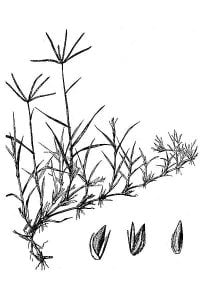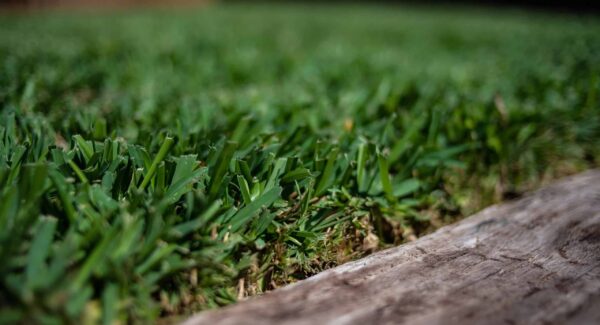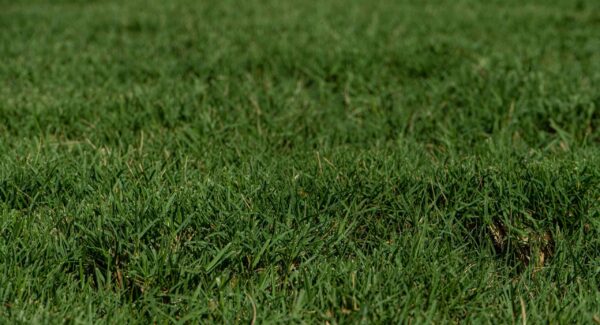All About Bermudagrass

Known as “The Sports Turf of the South,” Bermudagrass is ubiquitous throughout Texas as the main grass used for sports fields, lawns, parks, new builds, and golf courses. This species of grass is found in over 100 countries around the world.
Environment
Bermudagrass is a warm-season perennial species, meaning it thrives in climates with long periods of heat and milder winters. When the average temperature drops below 55° F, Bermudagrass will become dormant, turning a whitish-brown color as it hibernates until the spring. Bermudagrass will begin to green back up when ambient temperatures remain an average of 65°F or warmer for about 10+ consecutive days. In warmer climates that don’t experience frost, Bermudagrass can stay green throughout the year. Bermudagrass needs direct sunlight all day for growth & density and will not survive under shaded conditions.
Use of Bermuda Grass
Bermudagrass is beneficial in a variety of situations. It is highly suited for preventing soil erosion, stabilizing ditch banks, and providing a resilient surface for sports and other activities. Bermudagrass can be found almost anywhere in Texas. Still, it is grass used in golf courses, sports fields, parks, playgrounds, roadsides, new home builds, and cemeteries.
Bermuda Grass Care
Bermudagrasses are drought tolerant and can survive dry conditions with relative ease. Water requirements increase with increasing maintenance levels (how much traffic the grass gets), rising temperatures, increasing wind speeds, decreasing humidity, and increasing light intensity. Bermudagrass doesn’t do well in poorly drained locations, so avoid waterlogging this variety. Check our lawn mowing tips and mow from ¾ to 1 ½ inch. Depending on your lawn goals & expectations, Bermudagrass also requires more nitrogen fertilizer than some of its counterparts.
If you think Bermudagrass might be right for you or if you have any further questions, contact The Grass Outlet today.





